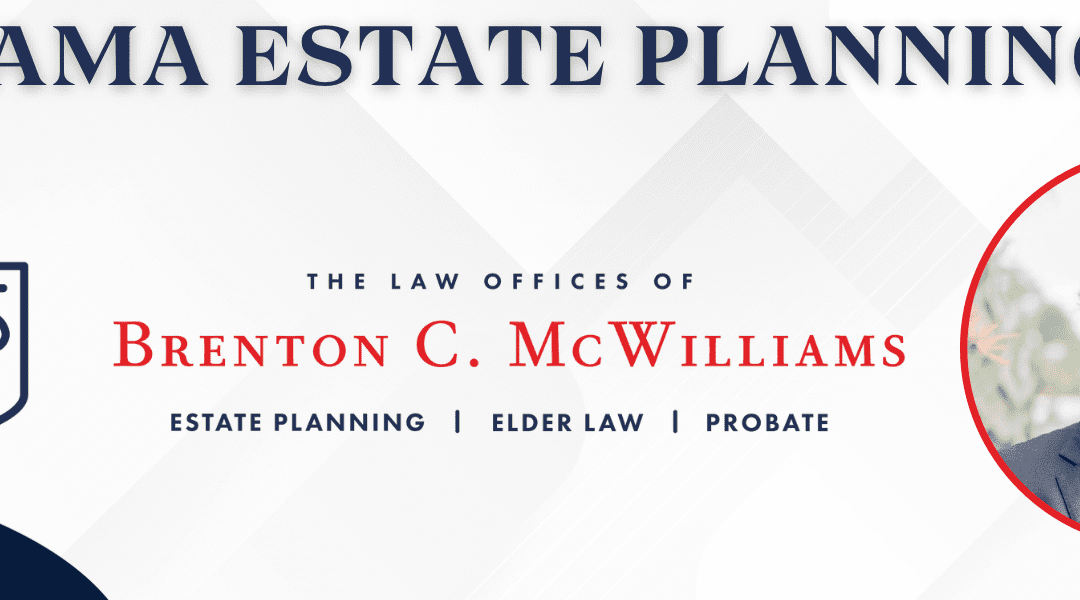The What and Why of Right of Occupancy Trusts
Jay and Gloria are a married couple who have been together for ten years. Because this is a second marriage for both Jay and Gloria, they each had children from their previous relationships.
When they got married, Gloria and her son moved into Jay’s mansion. Now happily married, Jay and Gloria have begun to consider their estate plan. Because Jay is quite a few years older than Gloria, he thinks he will most likely die before her. With that in mind, Jay needs to figure out how to distribute his mansion at his death. Ideally, one of Jay’s estate planning goals is to ensure that Gloria can continue to live in the mansion for the rest of her life, but he also doesn’t necessarily want her to own it – he ultimately wants it to be passed along to his two children once he and Gloria both have died.
Jay and Gloria’s situation is not uncommon. Many individuals who own property have an end goal in mind with respect to how they want their property to pass according to their estate plan, but they also have a spouse, significant other, friend, or other important person in their lives that they want to make sure is cared for. In situations like these, a right of occupancy trust should be considered.
What is a right of occupancy trust?
What is a right of occupancy trust? A right of occupancy trust is a loosely defined trust that typically allows a person to occupy or reside in a house or other real estate while it’s held in trust. The occupant does not own the property or have the right to sell the property. As discussed further in this article, there are a lot of variations on this setup.
What does a right of occupancy trust do?
A right of occupancy trust is an estate planning tool that essentially allows a beneficiary to reside in a specified piece of property until their death or an otherwise specified period of time. In the example above, Jay wants to transfer ownership of his mansion to his two children, but he also doesn’t want his children to force Gloria out of the home once Jay has died. A right of occupancy protects Gloria’s right to reside in the residence, as well as Jay’s children’s rights to ultimately take over ownership of the property once Gloria has passed away. A right of occupancy can allow Jay’s mansion to remain in trust for the remainder of Gloria’s life.
What factors should be considered when creating a right of occupancy?
Jay’s goal is ultimately to make sure that Gloria has a place to live for the rest of her life once Jay has passed. However, he is not interested in sharing the right to live in the home with anyone else. In that case, Jay may want to consider specifying in the right of occupancy that Gloria is not allowed to invite another person to stay in the house with her.
In addition to allowing Gloria to live in the mansion for the remainder of her life, Jay may also want to consider allocating a specified amount of money for Gloria to use to pay for any expenses stemming from the residence – mortgage payments, utilities, taxes, etc. On the other hand, Jay could elect instead to make those things Gloria’s responsibility.
Finally, Jay may also want to consider any other occurrences aside from Gloria’s death that would terminate the right of occupancy. For example, if Gloria decides she does not want to live in the mansion and decides instead she would rather move in with her friend Cam, it may be a good idea to specify that Gloria’s right of occupancy will terminate when she decides to move out. Jay could also include a number of other specific circumstances that may terminate the right of occupancy trust, such as remarriage or moving into a long-term care facility.
Who administers the right of occupancy trust?
The trustee that Jay nominates will be responsible for overseeing the real property as specified in the right of occupancy. Jay can further elaborate regarding the trustee’s specific responsibilities, such as if he wants the trustee to check in on the residence on occasion to ensure that Gloria is in fact adhering with the requirements of the right of occupancy.
What happens when the right of occupancy trust ends?
The right of occupancy trust should further dictate exactly what happens when the right of occupancy trust for Gloria ends. For instance, Jay may state that at Gloria’s death, the mansion will be distributed outright to his two children. Additionally, he may choose to include Gloria’s son Manny as a second beneficiary so that Manny could also have a right of occupancy trust after Gloria’s death.
Conclusion
Including all of these specifications within the right of occupancy trust not only protects Gloria, but Jay’s children’s interests as well. A right of occupancy trust can provide Gloria with the support she needs during the remainder of her life while also not exhausting all of Jay’s resources that he ultimately hopes to pass on to his two children.
In short, if, as part of your estate plan, you have a residence or other piece of real estate that you hope to transfer to your children (or other beneficiaries), but would also like to ensure that a spouse or other person can utilize the property during their lifetime, you may want to consider including a right of occupancy trust within your revocable living trust agreement.
If you would like our help with estate planning, please call us at (251) 215-9275 or write us on the contact page.

